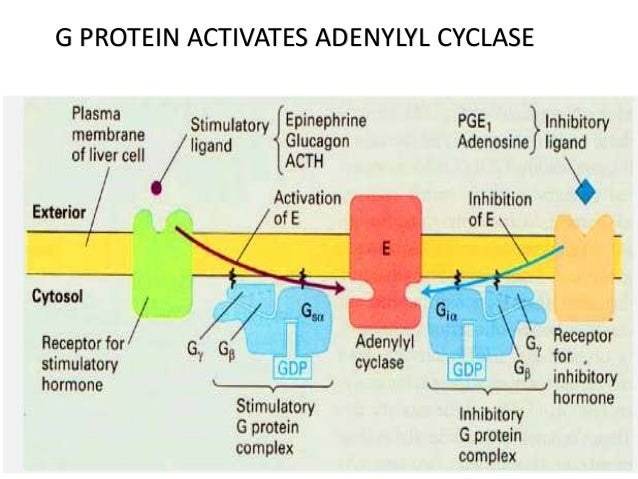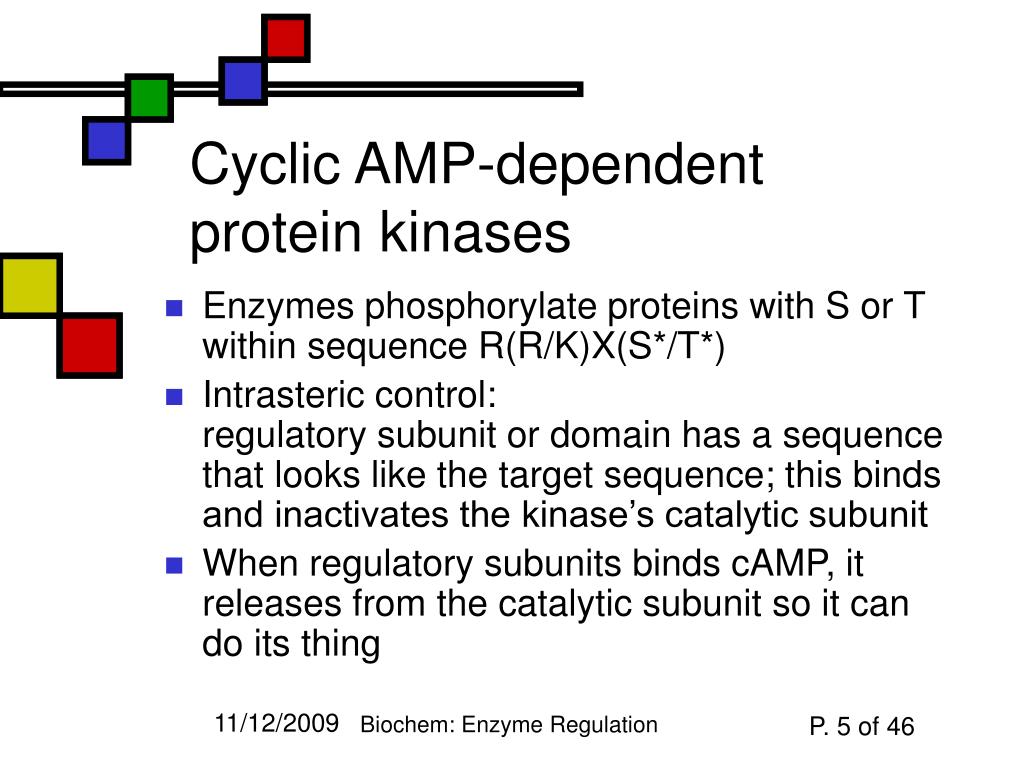

Both types are synthesized like other body proteins: DNA is transcribed into mRNA, which is translated into an amino acid chain.Įxamples of peptide hormones include antidiuretic hormone (ADH), a pituitary hormone important in fluid balance, and atrial-natriuretic peptide, which is produced by the heart and helps to decrease blood pressure. Peptide hormones consist of short chains of amino acids, whereas protein hormones are longer polypeptides. Whereas the amine hormones are derived from a single amino acid, peptide and protein hormones consist of multiple amino acids that link to form an amino acid chain. Epinephrine and norepinephrine are secreted by the adrenal medulla and play a role in the fight-or-flight response, whereas dopamine is secreted by the hypothalamus and inhibits the release of certain anterior pituitary hormones. Tyrosine derivatives include the metabolism-regulating thyroid hormones, as well as the catecholamines, such as epinephrine, norepinephrine, and dopamine. An example of a hormone derived from tryptophan is melatonin, which is secreted by the pineal gland and helps regulate circadian rhythm. Typically, the original structure of the amino acid is modified such that a -\text, or amine, group remains.Īmine hormones are synthesized from the amino acids tryptophan or tyrosine. Hormones derived from the modification of amino acids are referred to as amine hormones. Amine, Peptide, Protein, and Steroid Hormone Structure Amine Hormones These chemical groups affect a hormone’s distribution, the type of receptors it binds to, and other aspects of its function.įigure 1. Those derived from lipids include steroids (Figure 1).

Hormones derived from amino acids include amines, peptides, and proteins. The hormones of the human body can be divided into two major groups on the basis of their chemical structure. Stimulate development of female secondary sex characteristics and prepare the body for childbirth

Stimulates development of male secondary sex characteristics and sperm production Stimulates uterine contractions during childbirth Stimulates hormone release by adrenal cortex Endocrine Glands and Their Major Hormones The major hormones of the human body and their effects are identified in Table 1. These responses contribute to human reproduction, growth and development of body tissues, metabolism, fluid, and electrolyte balance, sleep, and many other body functions. Hormones play a critical role in the regulation of physiological processes because of the target cell responses they regulate. Once the hormone binds to the receptor, a chain of events is initiated that leads to the target cell’s response.


 0 kommentar(er)
0 kommentar(er)
